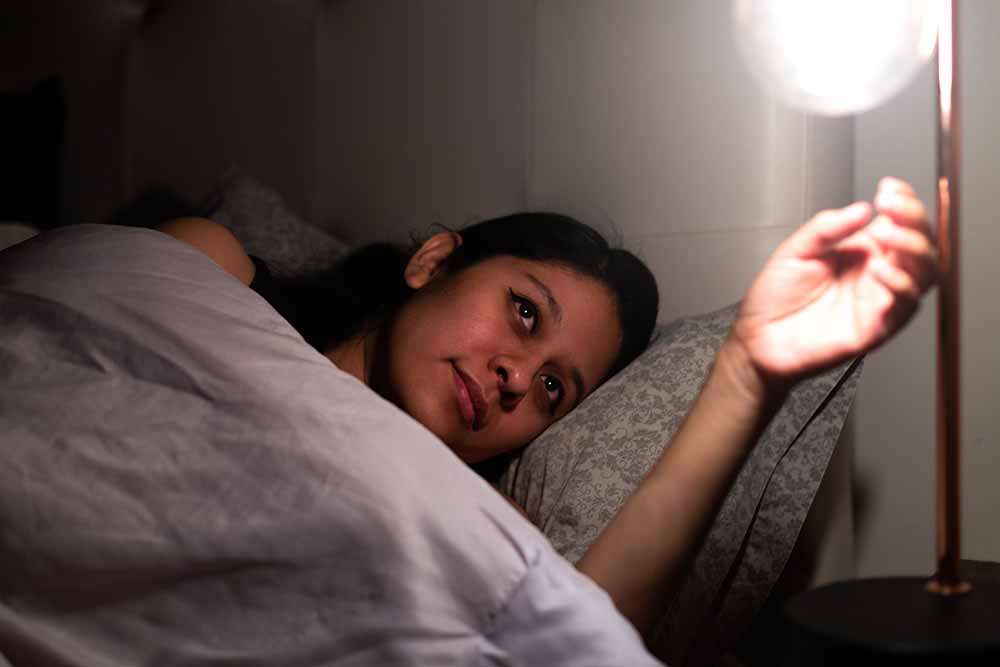
Lighting is an important part of your home, but choosing the right lighting for your space isn’t as easy as it might seem. From placement to size, design, and style, there’s a lot to think about when it comes to lighting up your home. And let’s not forget pricing - lighting can be expensive, and it adds up very quickly when you are installing multiple light sources in your space. Here are some design tips for those looking at affordable options to light up their home.
1. Don’t sacrifice functionality for aesthetic
Lighting can make a statement and add to the aesthetic of your room, but at the end of the day, it needs to be functional as well. A light that looks pretty but doesn’t work how you need it to isn’t a good investment, so be smart in your design choices.
For example, pendant lights are very popular in kitchens and add a classy bistro/restaurant type look, but they also tend to be smaller light sources. So while they may be pretty to look at, they might not be the best task lights. This probably isn’t ideal since most people tend to do a lot of work prepping food and drinks in the kitchen, which requires good lighting. Instead of choosing multiple pendant lights, stick to one really good one that will add the look you are going for, but also serve as a propere task light.
2. Use dimmers to set the mood
Another thing we hear a lot about when it comes to lighting is the mood it casts in a space. Yes, lighting can have a strong impact on the mood of a room, but your home isn’t a bar or a restaurant where you have to maintain the same mood all the time. Your dining area needs to serve as a place to feed the kids their dinner and function as a romantic date-night spot - and it can, with the use of a dimmer. Choosing a light with a dimmer switch can add a lot of versatility to a space without having to rely on different types of lighting to create it.
3. Use plug-in lights
Ceiling lighting is convenient but can be pricey if the room setup requires adding a new fixture. Oftentimes the cost of getting an electrician to rewire and mount a light in the space is more than it’s worth - especially if a plug-in light can do the job. Plug-in lights also tend to be cheaper and more versatile than mounted lighting. Plus, they come in a variety of designs, shapes, colours, and styles so you can add more personality to the room and switch it up as needed. Depending on your needs and the space you have, you can consider table lamps, desk lamps, standing lamps, and even plug-in wall sconces.
An added perk of plug-in lights is that they can also help you cut down on electricity costs. If you are just sitting on the couch on one side of the room reading, then turn on the light closest to you. No need to illuminate the entire room when you are only using one portion of the space.
4. Try stick on lights for small, dark spaces
Even if your home is well-lit in the main areas, chances are there are some dark spots and corners where you wish you had more light - think kitchen cupboards, under a cabinet, or in a drawer. In these circumstances, stick on lights are a great option. These LED lights are easy to adhere to multiple surface types and often come in packs of three or more for a very low price. Sure, they might not be the most attractive lights, but the spaces they’re meant for are also small and tucked away, meaning they won’t really be noticed. Stick on lights can be an incredibly handy tool to add lighting to tricky spaces for a very low cost.
5. Sometimes less is more
Lighting can be something we get carried away with really easily, but before you jump to buy light fixtures, table lamps, and a standing light, ask yourself whether or not you really need it all. If the room is very large, then perhaps. However, if you find that you do need several lights in a room, then you might need to reconsider the lights you are looking at and find something more powerful and better suited to the job. Having too much going on in a space makes it seem smaller, busy, and chaotic, which is not the look most homeowners are going for. When it comes to home décor, including lighting, sometimes less really is more.
Hannah Logan is a Canadian travel writer who dreams of being just like Indiana Jones. You can follow her travels on her personal travel blog
Eat Sleep Breathe Travel where she shares her travel tales and (mis)adventures around the world.